The Duck Review

What happens when you enter public space surrounded by the borders of a performance? The Duck Performance by Marija Baranauskaitė uses circus and performative interventions to explore the limits and negotiations that define human encounters in urban space. Ducks, of course, make an appearance.
The Duck Performance is a break from the themes one would expect from Lithuanian artist Marija Baranauskaitė. While the artist’s previous work is conceives of non-human entities as its audience (such as sofas, in her staple creation, The Sofa Project), The Duck Performance asks: “What does it mean to look and be looked at?” Echoing John Berger’s “Ways of Seeing,” the question both asserts and challenges deeply human concerns: the awareness and consciousness around being both agent and object in the act of seeing.
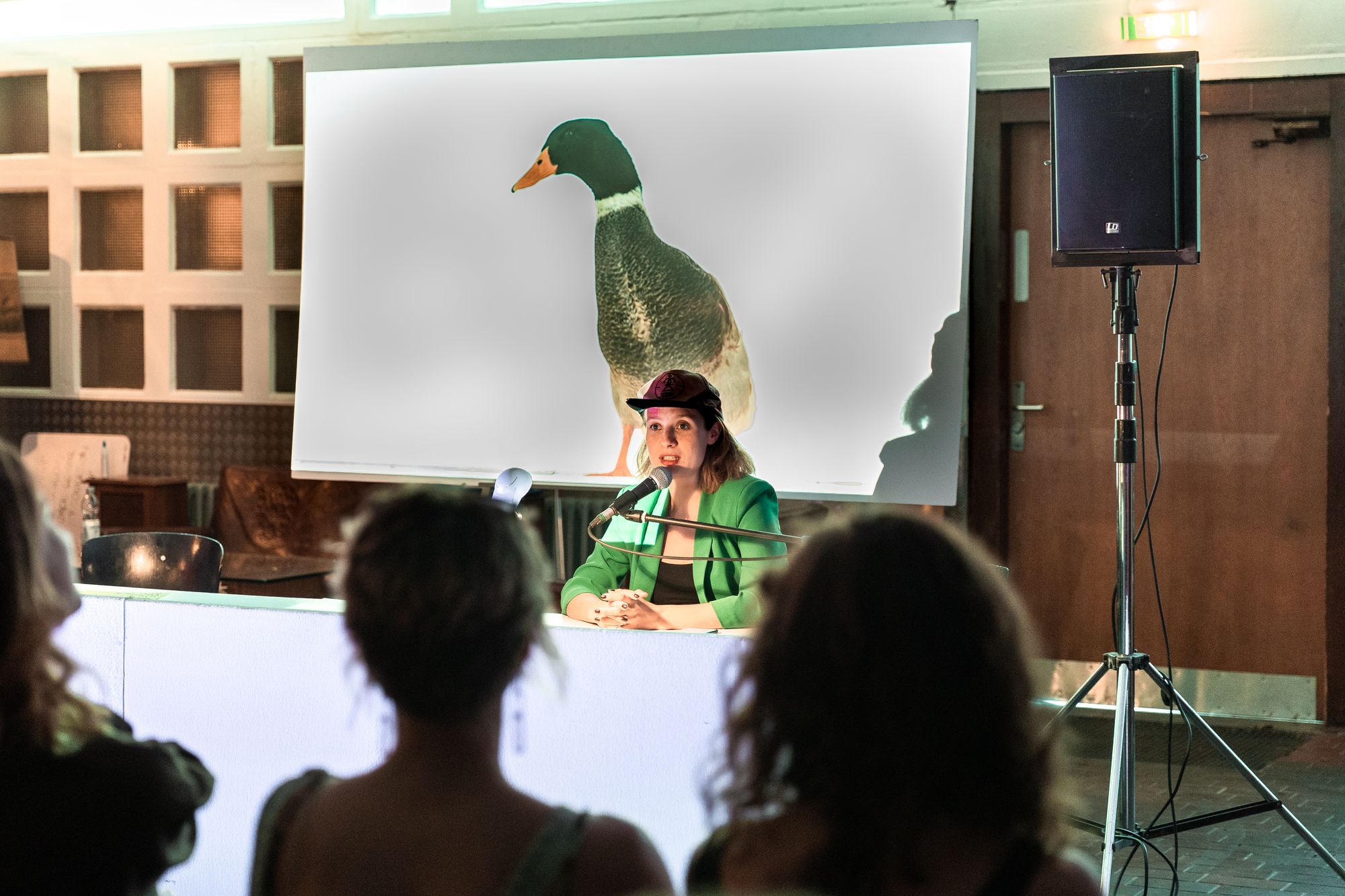
Divided into two parts, the performance opens with a mock lecture hosted in a conference space at the city hall. The “lecture” is layered with an absurd humour we later come to recognize as the unifying thread of the show. In the opening lecture, the artist corrects the “show” in the title to be a “performance,” which she then corrects to be a “lecture.” The format and content of the lecture are peppered with irony, puns, and theatrical comedy delivered by the artist herself, the artist’s assistant, and the assistant’s assistant.
In The Sofa Project, also presented at the 2023 edition of the Circus Dance Festival, the human audience learns from Baranauskaitė that the performance is actually for sofas, so “it’s a problem that we humans are here.” In The Duck Performance, the inadequacy of human presence (humans as a problem) becomes humorously charged. Elevated from the space of the performance, the idea has an important cultural (and political) potential. In an effort to create more generous, care-based models of living as humans together with non-human and other-than-human entities, must we start by admitting our own inadequate presence in the world? The imagined ecologies of the future seem to be predicated on the rethinking of hierarchies which place humanity at the top.
The context of the performance, though, affirms the very frameworks it aims to challenge. We are, after all, a human audience. We are in charge of looking, finding meaning, projecting our desires on whatever we see; we choose to enter the space of the performance, and we are free to leave it when we want. The artist’s assistant seems to predict these thoughts, and serves a subtle challenge: “Marija, I think you want to perform for humans.”
This staged meta-reflective intervention is another opportunity for inquiry: What is the driving force of performing arts? Is a responsive, conscious, same-species audience a necessity? Does the performance exist if no human witnesses it? How do we create outside of anthropocentric models of spectatorship and witnessing that have become the established human bonds of the art world?
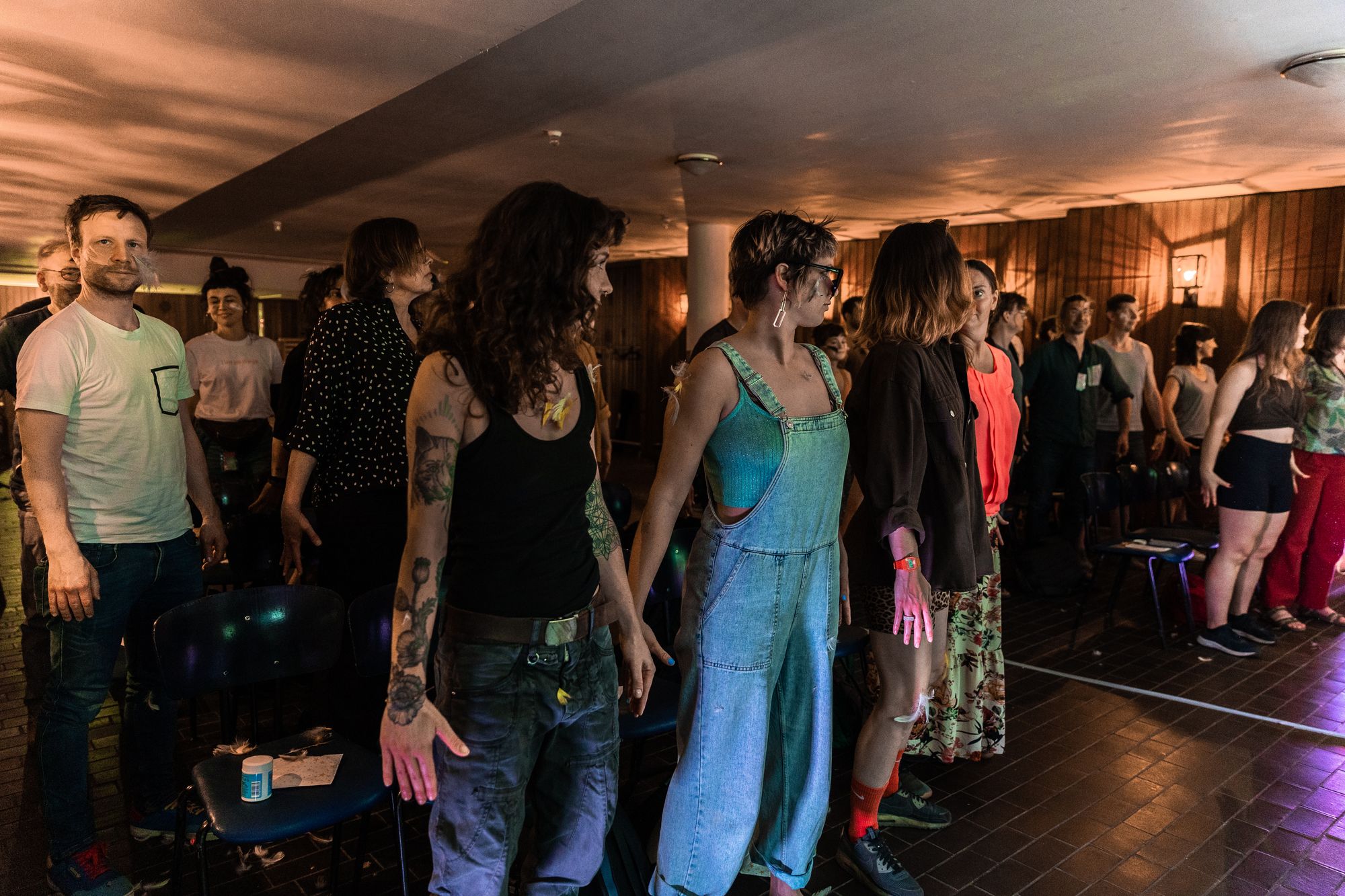
Again and again, the performance teases the humanity of the audience and soon we find our expectations are inadequate. If we expect to see ducks performing for us, we delude ourselves. Ducks won’t come to us; we must go to them. What’s more, we can’t predict whether the ducks will be there – much less what they’ll be doing.
The second part of the performance takes the audience out on the streets of Cologne. We’re invited to carry our own chairs, and divided into two groups, we follow a group leader. The absurd humour to which we were introduced in the first part of the performance sets the tone for this itinerant element of the experience. The two groups follow a pre-set route in the city; walking is alternated with sitting. We are instantly transformed from audience to performers on view for the city’s passers-by.
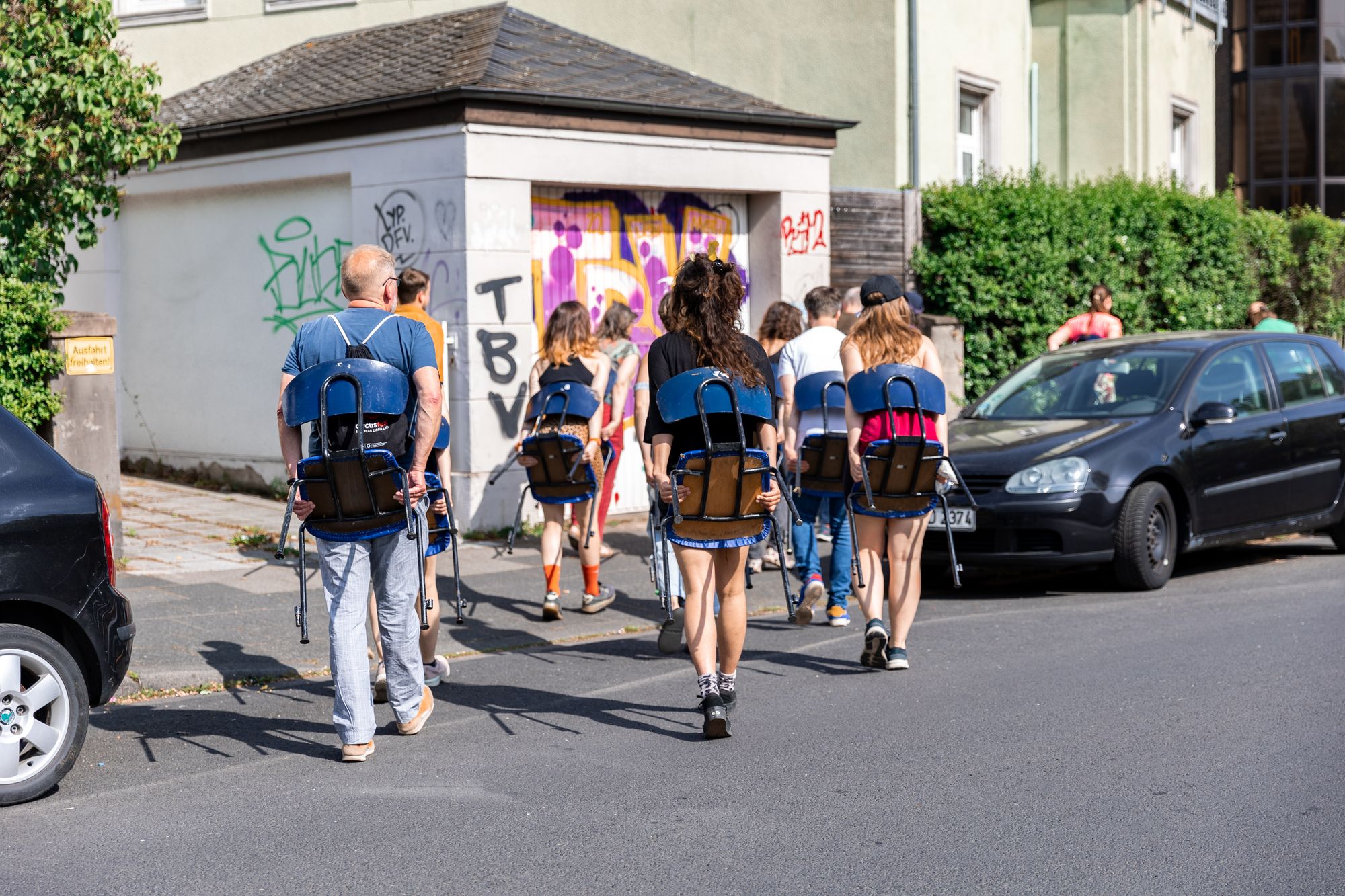
Our bodies interrupt the urban rhythm of this quiet neighbourhood. Someone chooses to join us and asks for a chair. They don’t see the point, so they leave again. Someone else uses their own terrace chair to sit and stare back at us. The act of looking back is more provocative than asking questions or trying to speak to the sitting people.
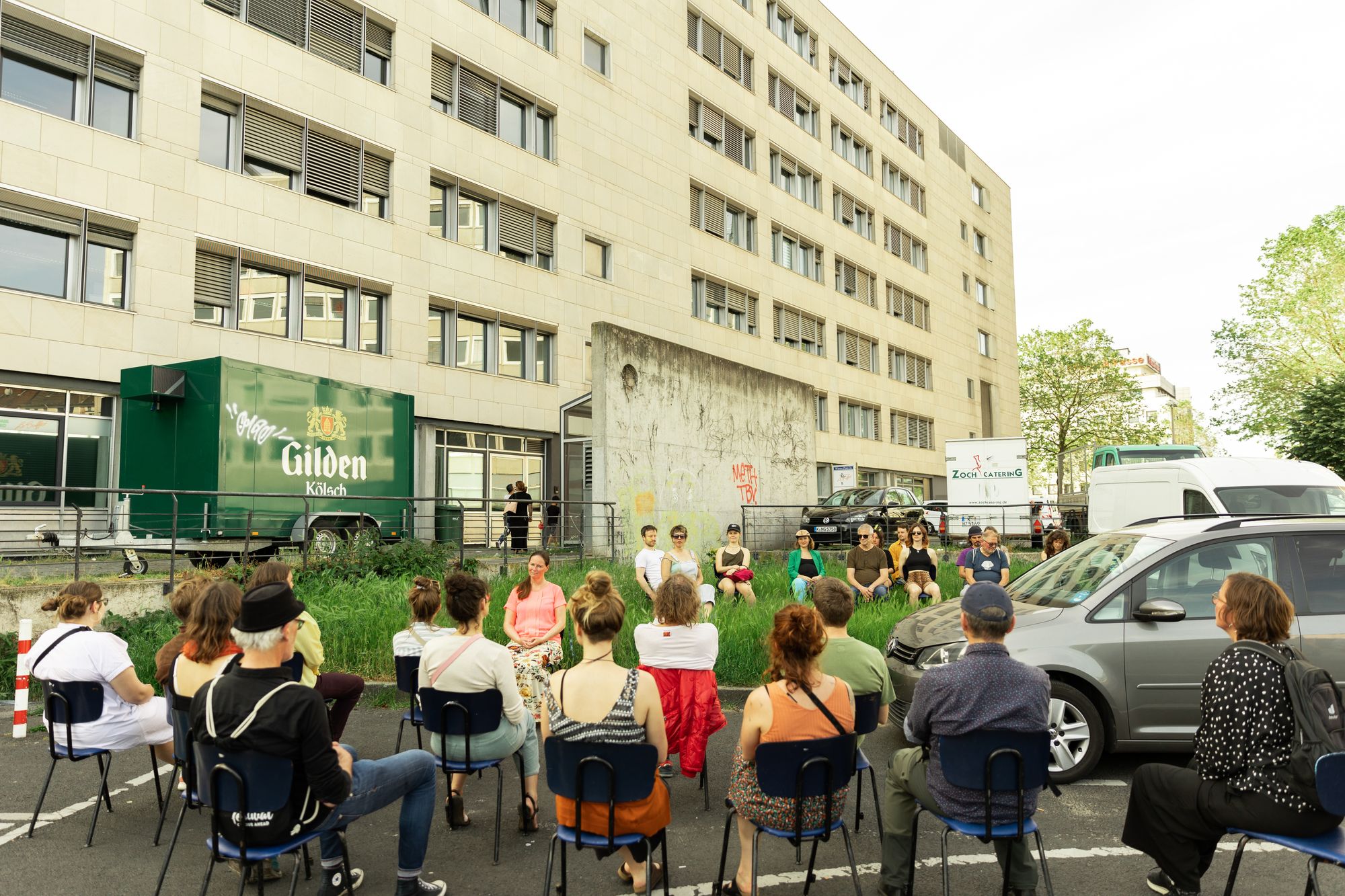
We forget that we are looking for performing ducks, and instead get swept up with these new stakes of being and acting in public space. Without previous agreements or negotiations, we enter public space and establish borders around ourselves. The space we occupy becomes an art space; different rules apply. As a performing group, we are allowed behaviours which otherwise would be unacceptable (such as sitting in café and staring at guests and staff, with no intention of ordering a cup of coffee). People around us decide to go with it, even if they know nothing of the context. Recognising that we’re part of a performance is enough for them to agree to a new ‘social contract’ in urban space.
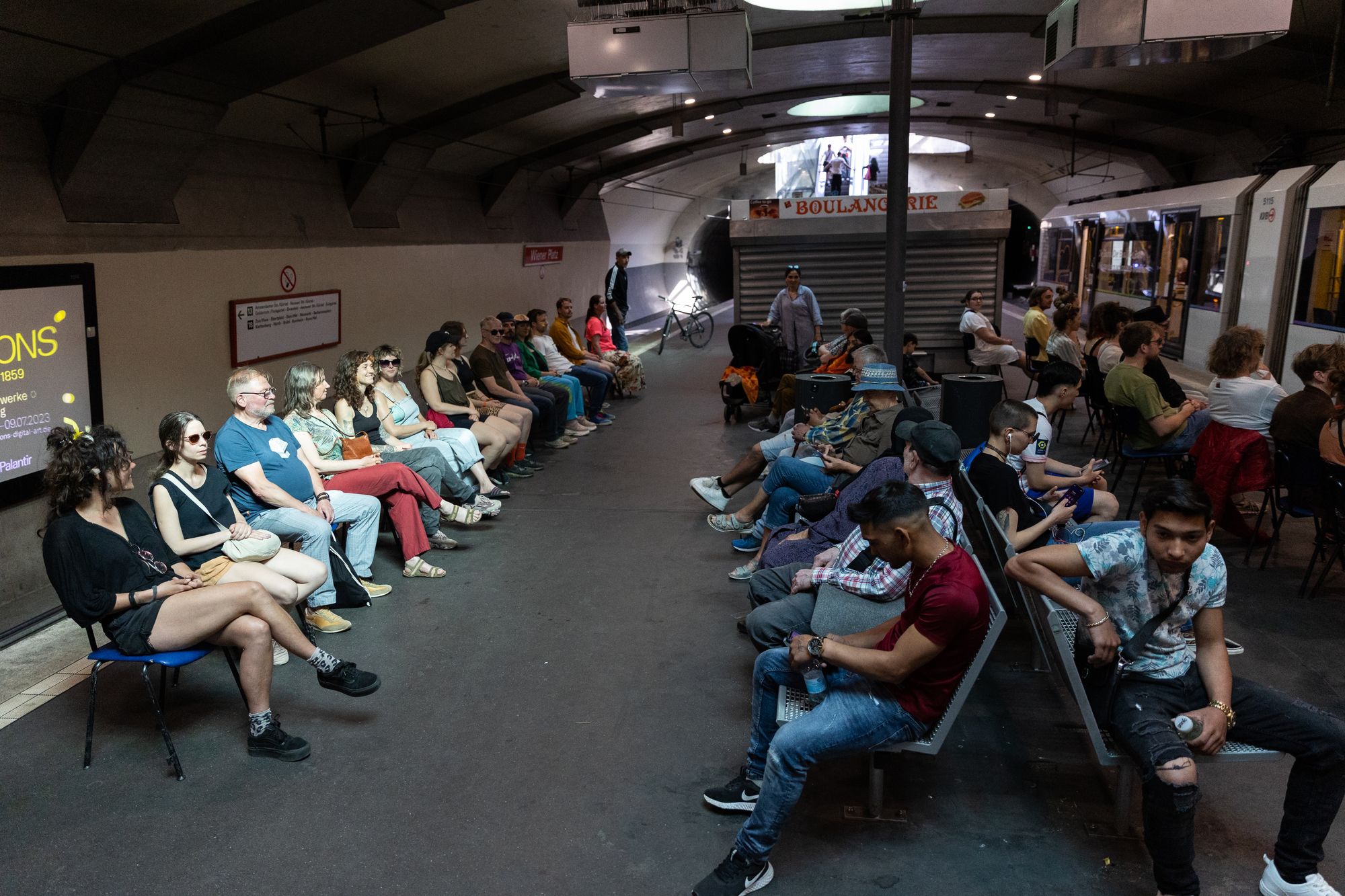
The vectors of looking are fascinating to observe and trace. We look at the other group in the performance, looking at pedestrians, and we look at pedestrians looking back. The city itself is a presence and a reflective surface; this idea culminates in our group being led to sit in front of a glass façade, where we stare at ourselves for minutes. The act of looking institutes an ad-hoc arena for “us” and “them,” upending the power dynamics. Do we see more than we are being seen? Whose story is this?
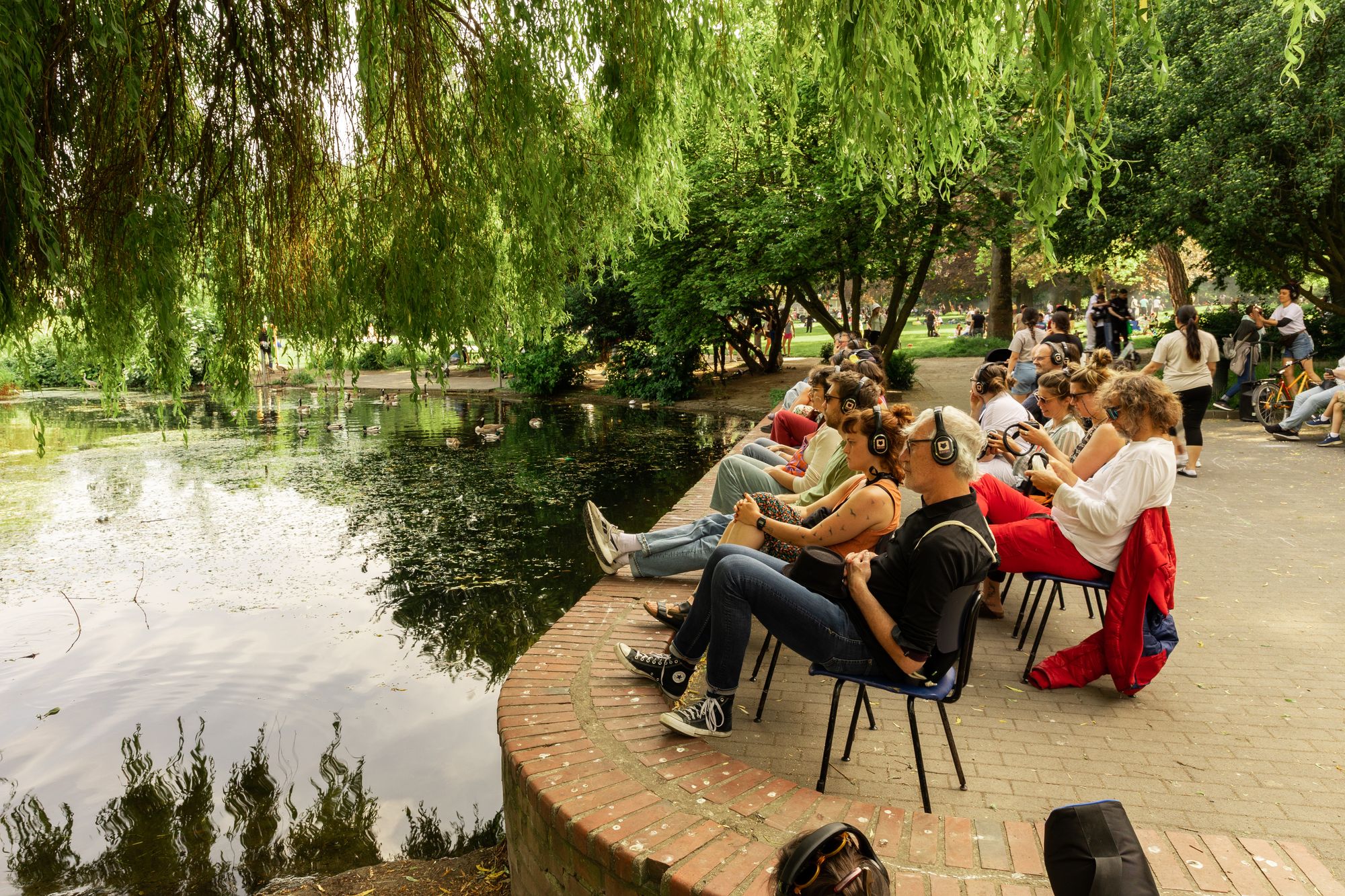
Eventually, the group is led to a pond in the local park, where – YES! – ducks are present. The fine line between mere presence and performance is teased out here. The performance is open-ended and our group leader is no longer in sight. We are no longer a group, acting as one, but a crowd of individuals who must decide for themselves when to leave the park, return their chairs, and end the performance.
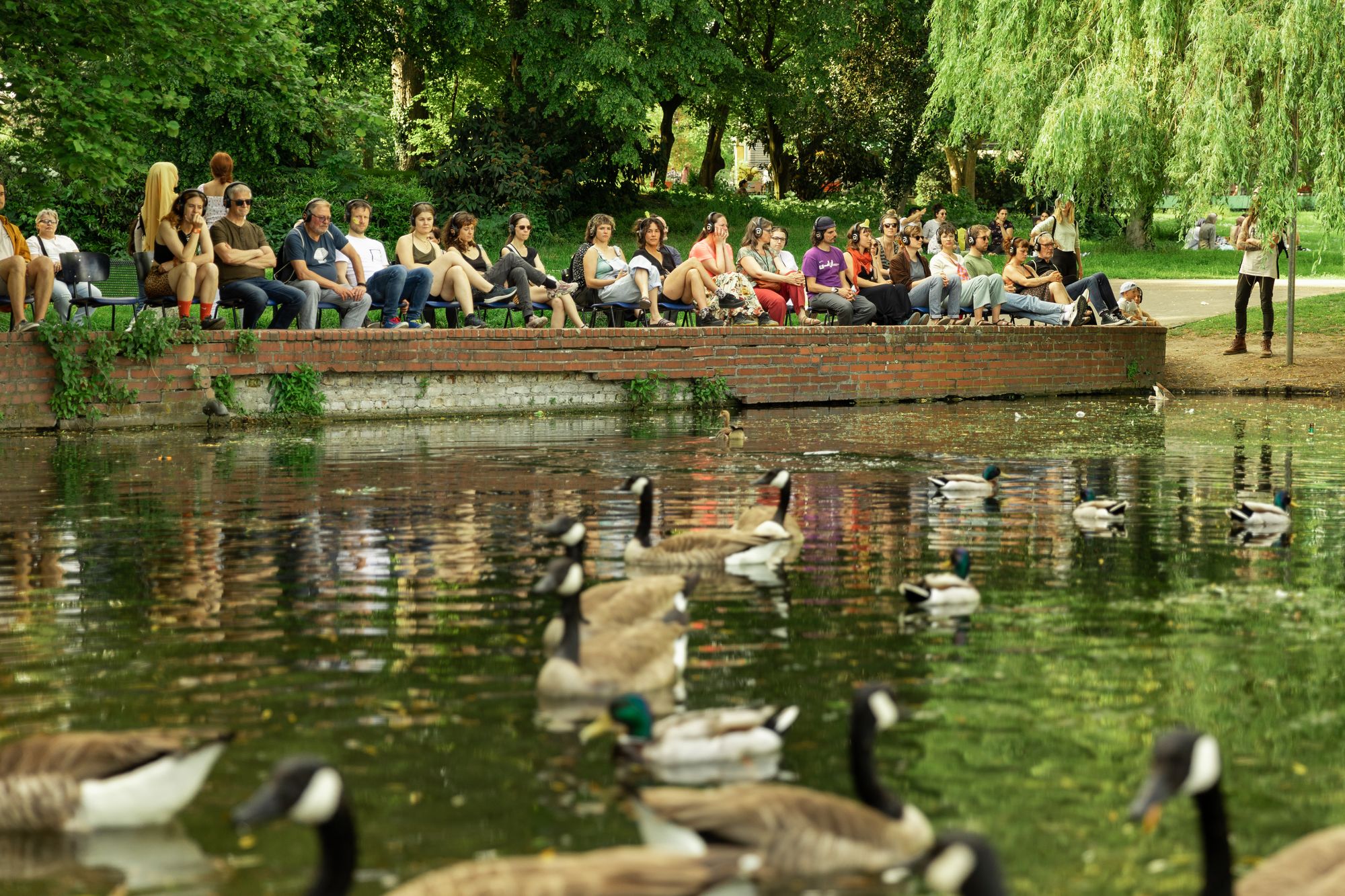
The film DUCKumentary about Marija Baranauskaitė explores the creative chaos during the Lithuanian clown's stays in Cologne and Etampes, France. The documentary filmmaker Filip Jacobson spans the entire process of creation, showing conceptual work, research, resting and performance.
